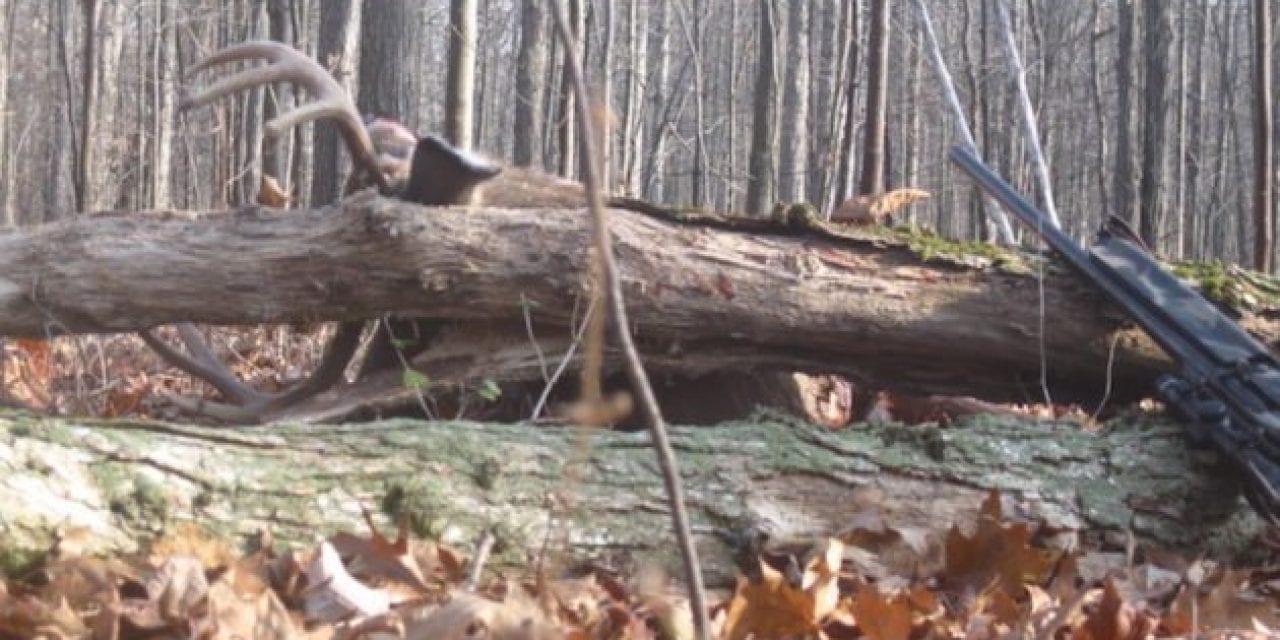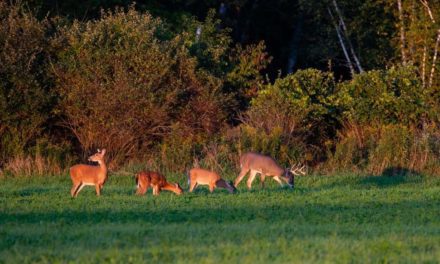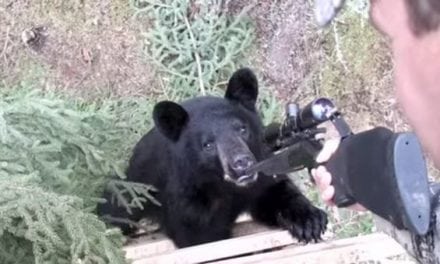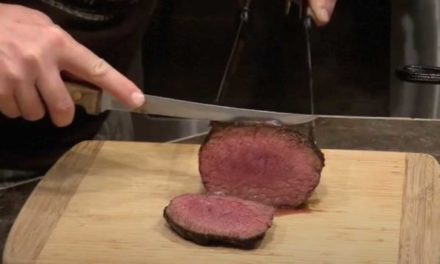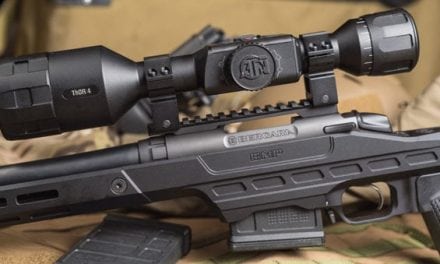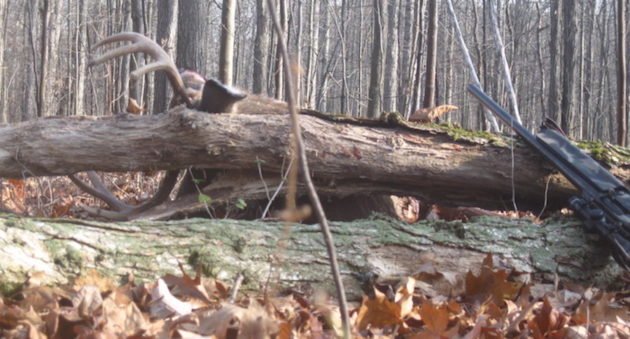
Here are five things to consider when you’re ready to cut shooting lanes around your treestand.
There are many things to consider when whitetail deer hunting, but maybe one of the least deliberated among them is trimming shooting lanes around your stand. Even ground hunters can have the need to cut shooting lanes, whether on public land or on private land, but you need to be aware of the rules involved.
Depending on your location, it can make a marked difference as to what tools a hunter may or may not choose to use. Knowing your public land use rules, you may only be able to trim branches and not saplings, and sometimes only dead ones. Use of a hand saw or pole saw may be your only choice where private land holders can break out the big guns and power up their chainsaw.
Whether you are hunting over a food source or bedding areas doesn’t really matter, when the time comes and you need to see to take the shot, the trees and the brush are where they are, and you need to make sure that it doesn’t become an issue when that big head full of antlers walks your way.
Big bucks rarely ever do what we want them to do, but one thing that we can all rely on is this: we always seem to find out the hard way that a seemingly clear shot on a mature buck only happens after he stands behind the one branch that we didn’t see!
The former issue can be easily resolved with the following five-step solution:
1. Trim With a Friend
Posted by Crunch Time Outdoor Living on Sunday, October 6, 2019
Get in your treestand before hunting season, but make sure that you have buddy with you. Only by being up in the air can you truly see the best areas for a shot, and the limbs that could cause a problem for you.
Between a pruning pole, a good pair of loppers, and hand saw, you will be able to direct your buddy to trim likely areas while you’re in the perfect position to see, telling him exactly what to cut.
2. Trim While Some Leaves Remain
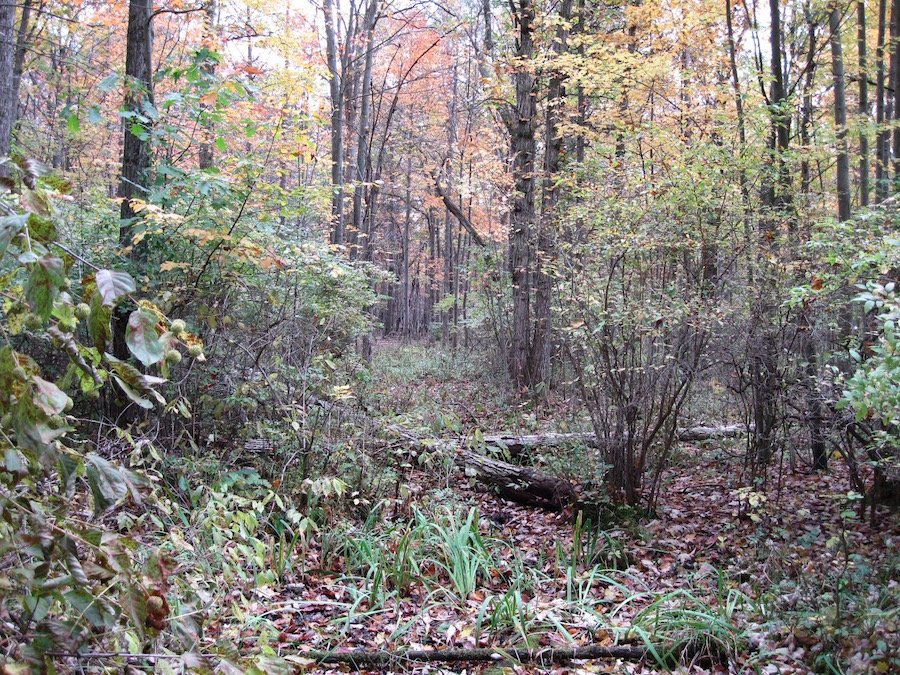
The bowhunter knows excruciatingly well what something as small as a twig can do to the flight of his or her arrow. Having some leaves on the limbs, the hunter can detect to smallest of issues. Since most pole saws also have a pruning device attached, you may be able to trim twigs of interest without taking the whole branch.
This will leave some bit of cover for the hunter around him to help break up his profile while still removing an obstacle that could deflect a slug. If it turns a kill shot into a wounded animal, it should have been addressed.
3. Trim at Various Heights
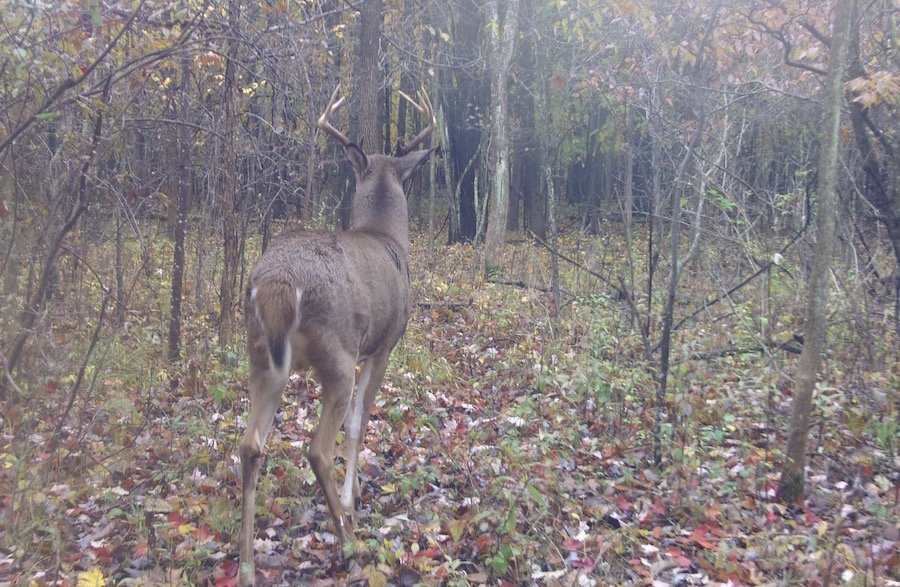
This may be a more specific detail for the deer hunter that uses a tree-climbing stand, but for any whitetail hunter it still makes sense. It wouldn’t be the first time that a hunter changed his stand location on the same tree. If they don’t account for it, deer movement might make them wish they had trimmed just little more.
Deer hunting success is many times all about the smallest details.
4. Don’t Leave the Branches Lying Around
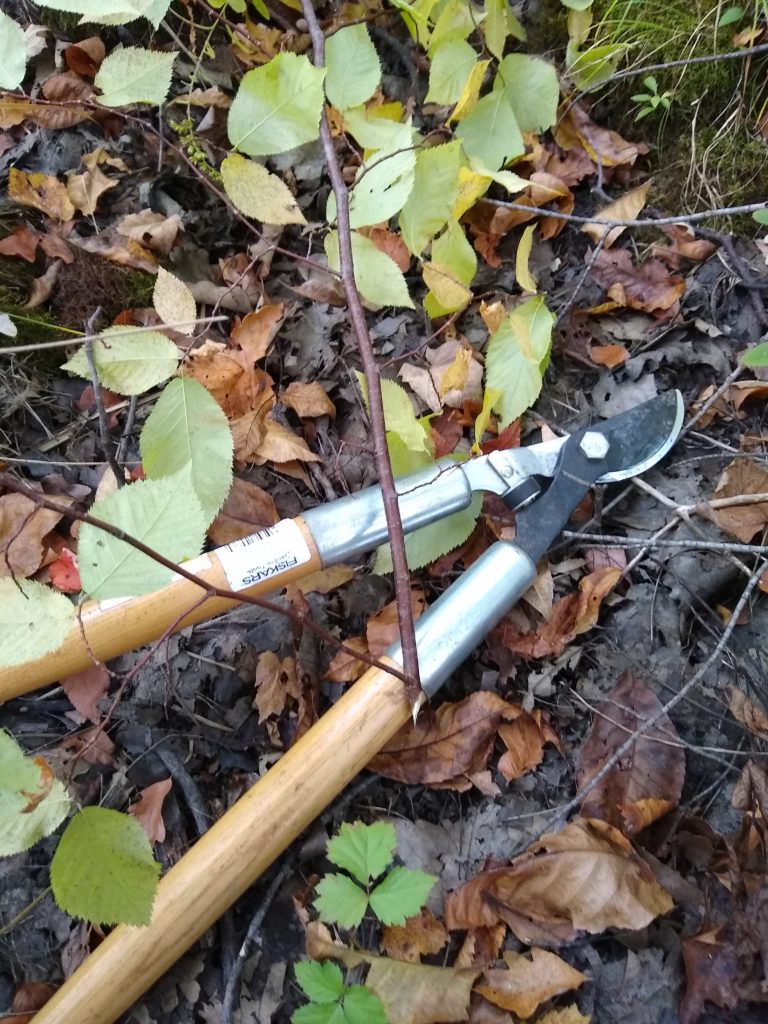
There’s no scientific reason for it, but many years ago one of my deer hunting mentors swore by this: after you trim branches–especially with the leaves remaining on them–hide them under the cover of the brush, or take them away from your stand location altogether.
The reasoning was that wild animals like whitetail deer can sense a change in a location and may avoid it. Seeing a pile of brush with dying leaves all over it may not be the height of whitetail-wisdom, but it’s the same thing as peeing around your stand: it probably doesn’t matter, but if you think that it does, don’t do it.
5. Do It Gradually Over Time
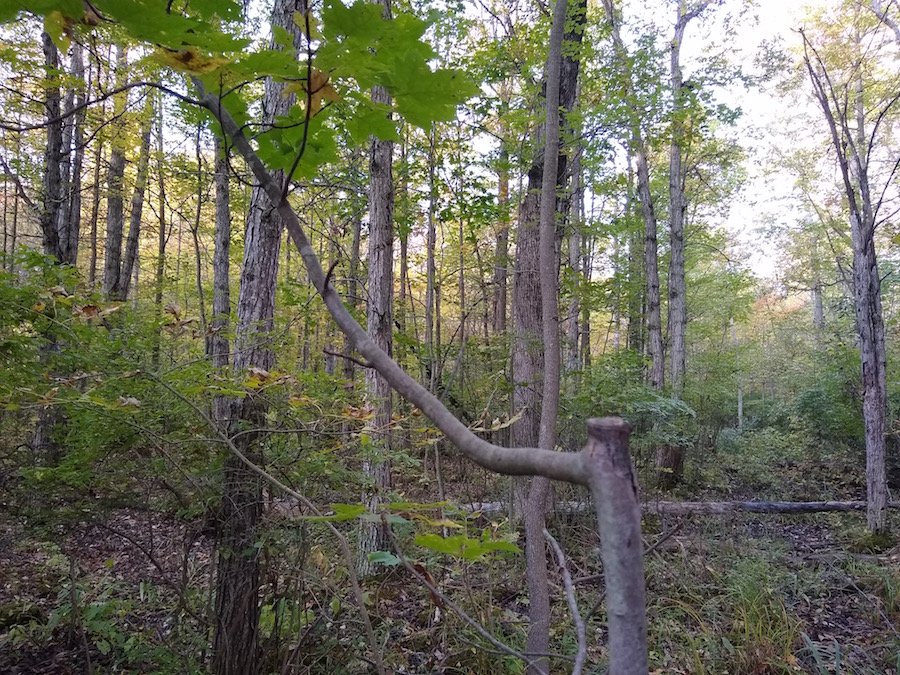
Since so many of us use the same box blind or location year after year, it stands to reason that the cover changes naturally, and there’s something we can do to help. By trimming shooting lanes in the same way each season, you will see the growth change to reflect it. Some branches will naturally re-grow and need to be trimmed again and again, but others (such as in the photo above) will start to show signs of redirection.
Sometimes a branch or a bit of brush just gives up and is never a problem again. By staying the course in your favorite stand location you’ll not only get used to the lanes that work the best, but the cover will begin to work for you instead of against you.
Don’t be afraid to sweat the small stuff and trim away even slightest twigs that seem to appear out of nowhere when you’re ready to loose the arrow or pull the trigger. I’m a natural righty and I’ve even shot one bruiser buck once in my life as a lefty, but for the most part: trim to the left if you are a right-hander, and trim more to the right if you are a lefty as these are the most natural shooting positions.
Looking for a little more? Follow my webpage, or on Facebook and Twitter.
NEXT: MEATEATER DIRECTOR OF FISHING TALKS MEDIA, STORYTELLING AND THE PERFECT MIX OF BEER AND ANGLING
WATCH
The post 5 Things to Think About When You Cut Shooting Lanes appeared first on Wide Open Spaces.

